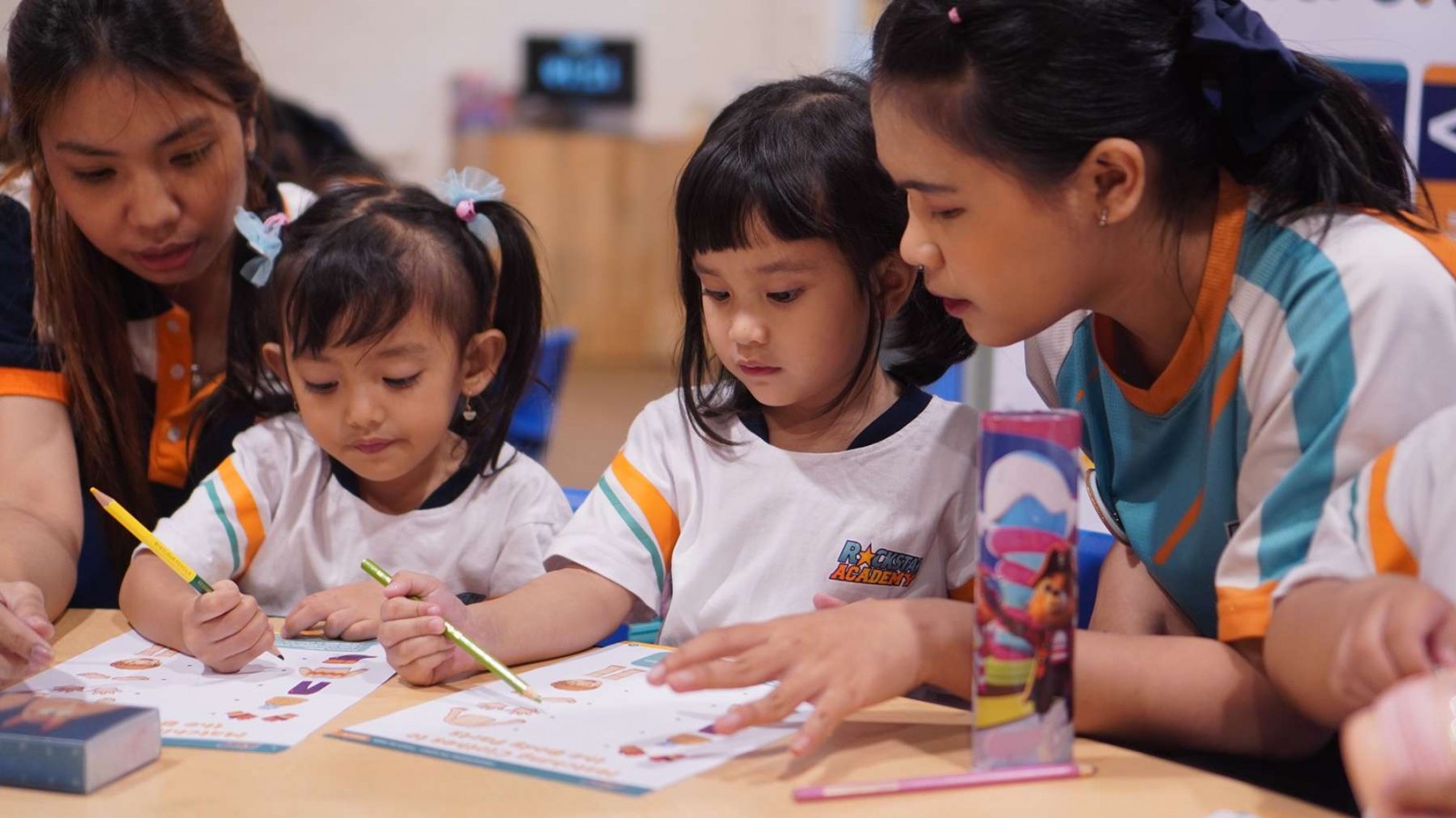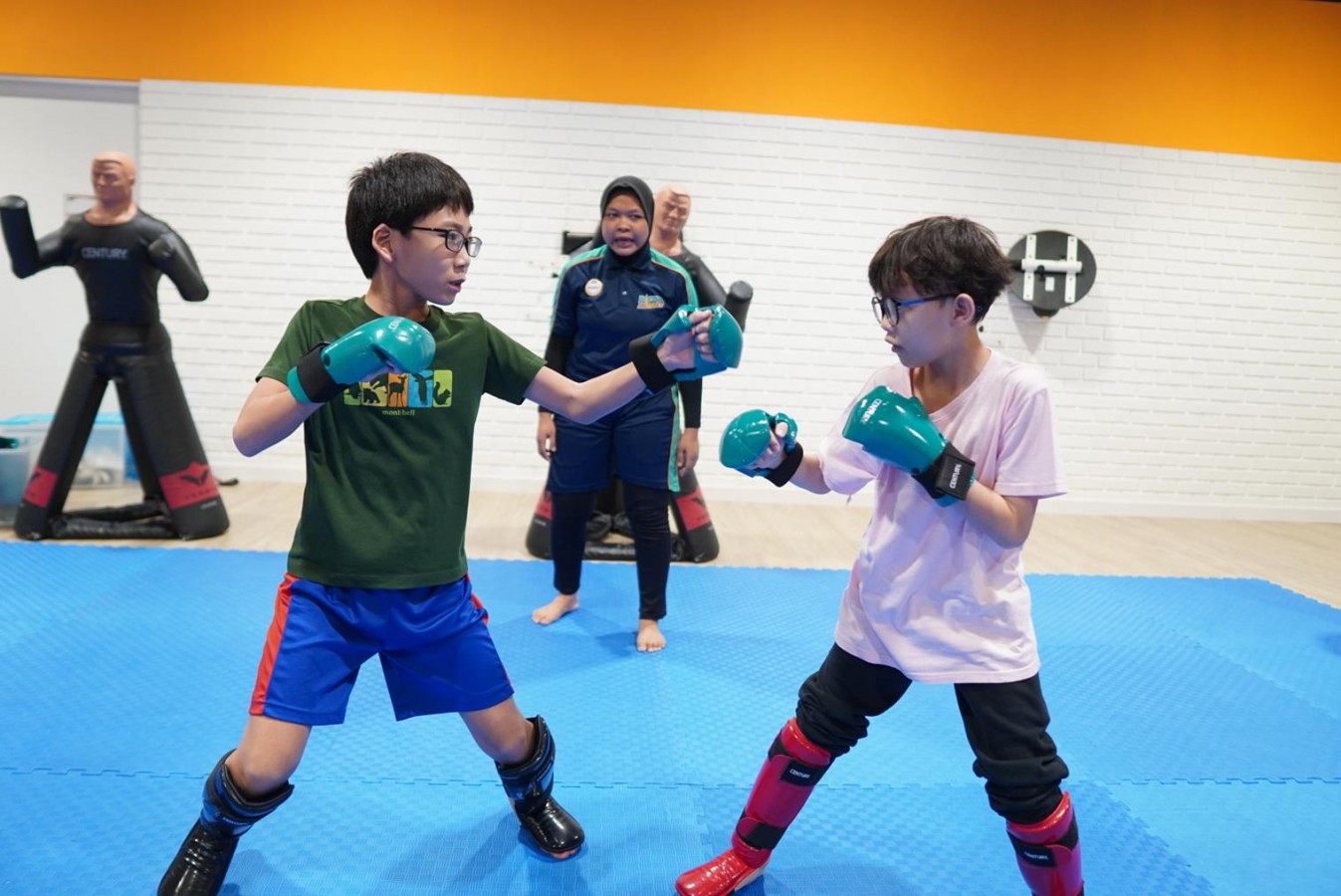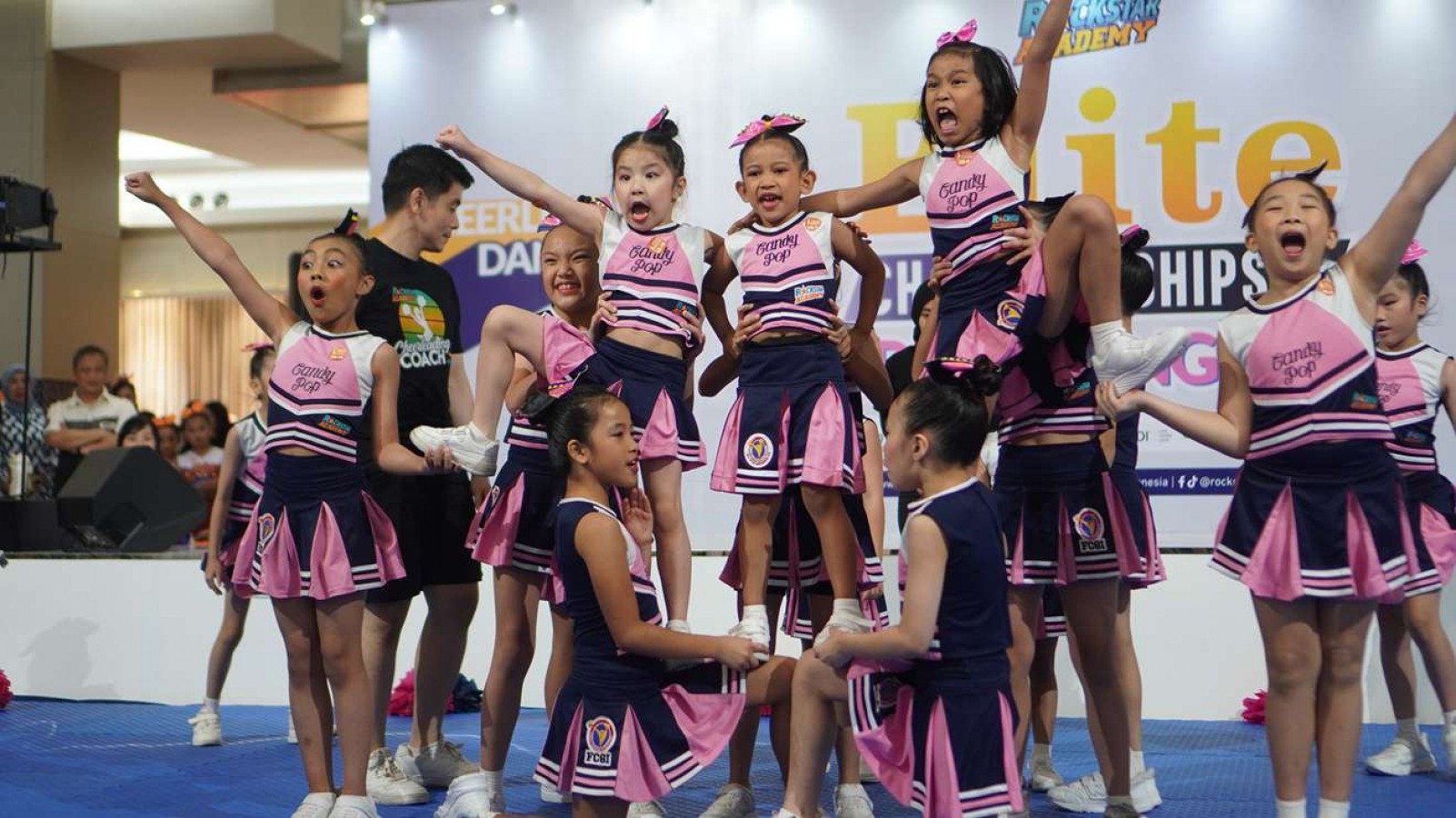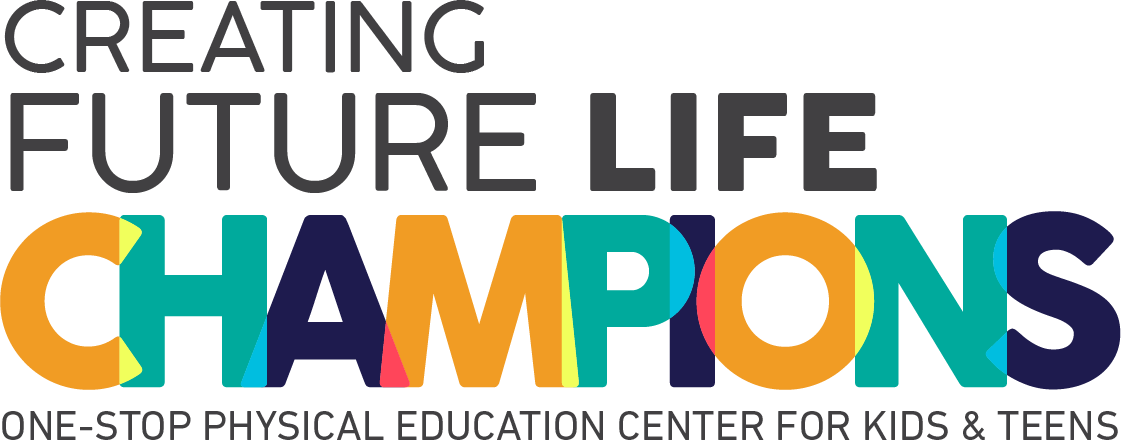Why Preschool Teacher to Student Ratio Matters: The Impact on Your Child's Learning

As parents, we definitely expect to drop off our child at preschool knowing they’ll be seen, heard, and supported every single day. If that’s what you’re hoping for, then the preschool teacher-to-student ratio is something you absolutely need to consider!
In this article, we’re going to explore what teacher-to-student ratio really means, why it matters for your child’s early education, what the ideal ratio looks like, and the wonderful benefits that come with keeping those numbers low.
What Is Teacher-to-Student Ratio?
Teacher-to-student ratio simply means how many children are assigned to each teacher in a classroom. For example, if a preschool class has 1 teacher and 10 children, the ratio is 1:10.
This ratio tells you how much individual attention your child is likely to receive during the school day. A lower ratio (like 1:6) means one teacher is responsible for fewer kids, while a higher ratio (like 1:15 or 1:20) means one teacher has to care for many more children.
Think of it like a group tour: would you rather be on a guided tour with 5 other people or with 20 others? The smaller group gives you more time to ask questions and interact, right? The same goes for your child in preschool!
Why Teacher-to-Student Ratio Matters in Preschool
You might not think a simple number could make such a big difference, but it really does! The number of children assigned to each teacher affects everything from learning progress to emotional wellbeing. Here’s why this ratio matters so much:
1. More One-on-One Attention
Imagine your child working on a puzzle and getting stuck. In a smaller class, the teacher can notice right away and offer a helping hand or a gentle nudge. That kind of personalized attention is only possible when the teacher isn’t overwhelmed with too many students.
With a lower teacher-to-student ratio, teachers can:
- Help each child at their own pace
- Provide extra support when a child is struggling
- Celebrate small achievements (like zipping a jacket for the first time!)
- Tune into each child’s unique personality and needs
2. Better Learning Outcomes
Children learn in different ways. Some are visual learners, others learn best by doing, and some need to talk through things. In a low-ratio classroom, teachers have more freedom to adjust their teaching style based on how each child learns best.
Studies show that children in classrooms with low ratios often perform better in early literacy, math, and language skills. More attention equals more learning success!
3. Improved Behavior and Social Skills
Preschool is where kids first learn how to play fair, take turns, express feelings, and be part of a group. These social skills are just as important as academic skills.
In a crowded room, it’s easy for misbehavior or emotional outbursts to go unnoticed or be addressed too quickly. But in a smaller group, a teacher can calmly coach children through tough moments.
4. Greater Safety and Supervision
Preschoolers are full of energy. They’re climbing, running, building, and exploring from the moment they walk into the classroom. That curiosity is wonderful, but it also means they need close supervision to stay safe.
A low teacher-to-student ratio allows educators to keep a better watch on every child. Whether it’s preventing accidents during outdoor play, keeping an eye on hygiene during snack time, or making sure everyone makes it back from the bathroom. More eyes on fewer kids equals a safer environment.
5. Stronger Teacher-Child Relationships
One of the most beautiful parts of preschool is the bond that forms between teachers and children. These relationships help build emotional security, which is essential for learning. When children feel safe and connected, they’re more likely to:
- Explore new activities
- Ask questions without fear
- Try even when something feels challenging
- Open up about their feelings
A teacher who isn’t juggling too many students can get to know each child’s interests, fears, and quirks. Over time, this kind of attention builds trust and confidence.
What Is a Good Teacher-to-Student Ratio?
Now that we understand why it matters, what ratio should you look for?
Here are the general recommended guidelines from organizations like the National Association for the Education of Young Children (NAEYC):
- Infants (0-12 months): 1 teacher for every 3–4 infants
- Toddlers (12-24 months): 1 teacher for every 4–5 toddlers
- 2-year-olds: 1 teacher for every 6–8 children
- 3-year-olds: 1 teacher for every 7–10 children
- 4-5-year-olds: 1 teacher for every 8–12 children
Keep in mind: lower is better, especially when it comes to young learners. Schools that exceed these recommendations may be stretched too thin, which can impact the quality of care and learning.
Benefits of a Low Teacher-to-Student Ratio
Let’s explore the amazing perks of having fewer kids per teacher:
A. Customized Learning Experiences
Every child grows and learns at their own pace. Some might start sounding out letters early, while others are busy fine-tuning their motor skills or learning how to share. With fewer children in the room, teachers can really get to know each child.
For example, if one child is struggling to hold a crayon correctly, a teacher in a low-ratio classroom can gently guide their hand and offer extra practice without having to rush off to manage a dozen other needs.
B. More Time for Exploration
In a smaller class, children are given space to explore. There’s more time to dig into hands-on activities like painting, building block towers, or even simple science experiments.
With fewer kids competing for attention and materials, your child gets the freedom to experiment, ask questions, and dive deeper into play-based learning. There’s no need to rush through snack time or storytime.
A low ratio means children can enjoy activities at their own pace and truly absorb what they’re doing. That kind of freedom builds creativity and curiosity.
C. Stronger Communication with Parents
In classrooms with fewer students, teachers often have more time to connect with parents. A teacher might notice that your child made a breakthrough in drawing people for the first time and send a photo with a sweet message like, “Look what Emma drew today—her first family picture!”
These kinds of updates help parents stay in the loop and feel confident that their child is growing and thriving. It also opens the door to better collaboration between home and school, especially if a child needs extra support or encouragement in a certain area.
D. Quieter, Calmer Environment
When there are fewer children in the room, the entire environment feels more peaceful and focused. There are fewer distractions, less chaos, and more opportunity for quiet moments of concentration.
Children feel more relaxed in this kind of space, which helps reduce overstimulation and makes it easier for them to pay attention, follow instructions, and stay engaged in learning. A calmer classroom also helps kids who are naturally shy or sensitive feel more comfortable participating and expressing themselves.
E. Enhanced Emotional Support
Preschool isn’t just about academics but it’s also a place where children learn how to handle big feelings. One minute they’re excited to build a sandcastle, the next they’re sad because a friend took their toy. In a smaller class, teachers have more time to respond to these emotional ups and downs with patience and care.
This kind of emotional guidance helps children build resilience, confidence, and healthy relationships.
F. Reduced Teacher Stress = Better Teaching
Let’s not forget the teachers! Managing a room full of energetic preschoolers is a big job. In large classrooms, even the most passionate and skilled teachers can feel overwhelmed, which can lead to burnout or decreased patience.
But in a low-ratio classroom, teachers can breathe easier. They have more time to plan creative activities, give meaningful feedback, and connect with each child. Less stress means they’re more present, more positive, and better able to build warm, nurturing relationships with their students.
What Should Parents Look For?
When visiting a preschool, don’t hesitate to ask about their teacher-to-student ratio. Here are a few tips:
- Ask for specific numbers per age group.
- Observe the classroom during a visit: Are children receiving individual attention? Does the teacher seem calm and engaged?
- Check the Preschool and Kindergarten Entry Level Class (This is where your child will begin their journey, so it’s important to see if the environment feels welcoming and supportive.)
- Look for accreditation from organizations like NAEYC, which often requires meeting specific ratio standards.
- Trust your instincts. If the classroom feels too crowded or chaotic, it probably is!
Looking for the Best Preschool?
A lower preschool teacher-to-student ratio is a key part of creating a warm, safe, and effective learning environment for your child. If you’re looking for the best early childhood education with a low teacher-to-student ratio, Preschool & Kindergarten at Rockstar Academy is the perfect place to start!
At Rockstar Academy, your child won’t just experience high-quality early learning—they’ll also get to join in a variety of physical activities, exciting events, and age-appropriate competitions that match different skill levels and interests.
These experiences help children grow academically, socially, and emotionally, giving them the tools they need in future. Through both academic and physical activity classes, kids learn teamwork, develop confidence, and build skills that last a lifetime.
We also offer Private classes for those who prefer a more individual approach or need extra time and attention to catch up with the learning materials. These one-on-one sessions are designed to match each student’s pace and learning style, ensuring they receive personalized guidance and support to reach their goals more effectively.
Plus, Rockstar Academy offers a free trial class, so you and your little one can experience the difference before enrolling. Come see how learning and growing go hand in hand at Rockstar Academy!
FAQ
Is a lower teacher-to-student ratio always better?
In most cases, yes! A lower ratio means more personal attention, better supervision, and a higher quality of learning. However, the teacher’s experience, classroom structure, and support staff also matter.
My child is very independent. Do ratios still matter?
Absolutely. Even independent kids benefit from small group sizes. It gives them more chances to connect with peers, get feedback, and grow at their own pace.



